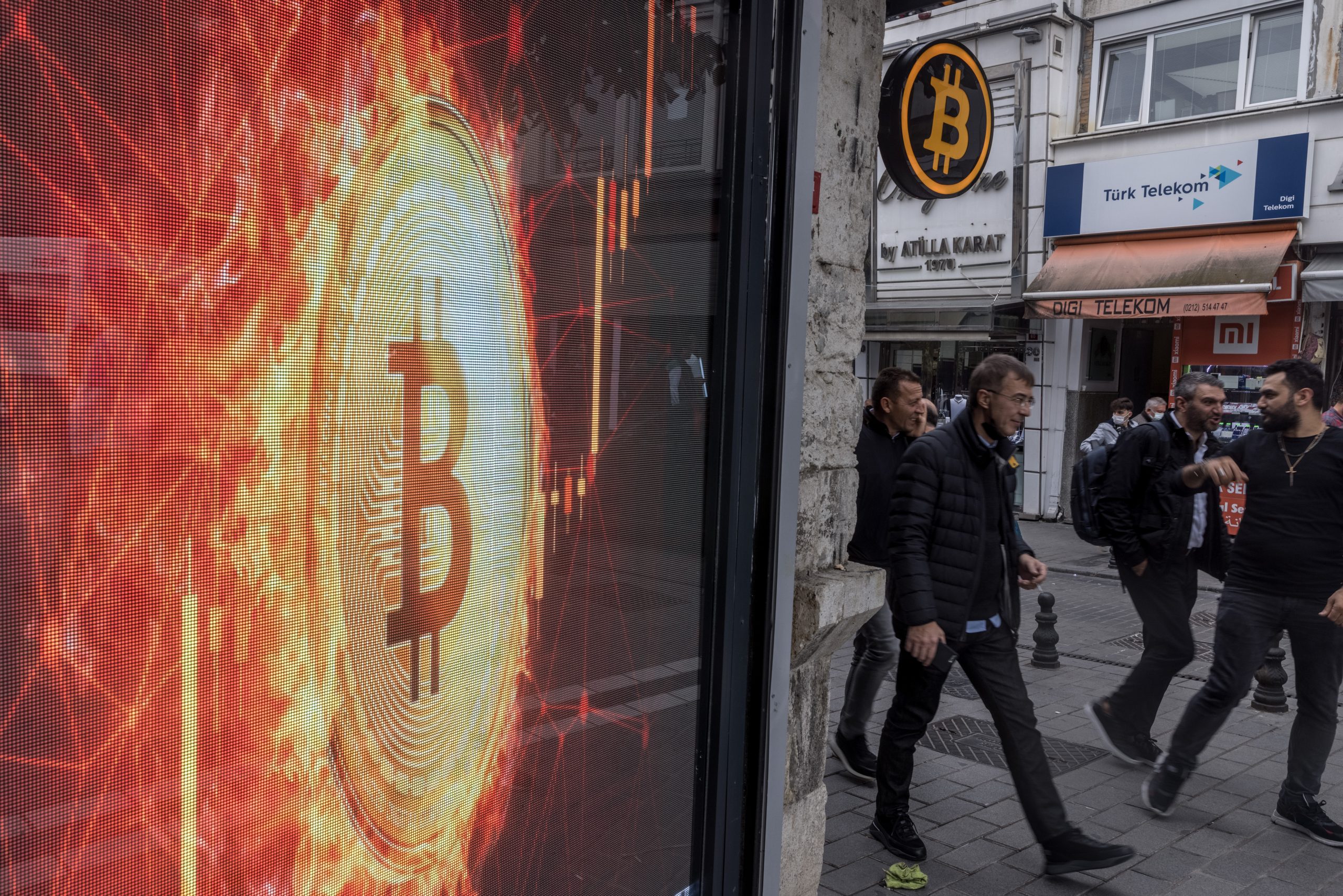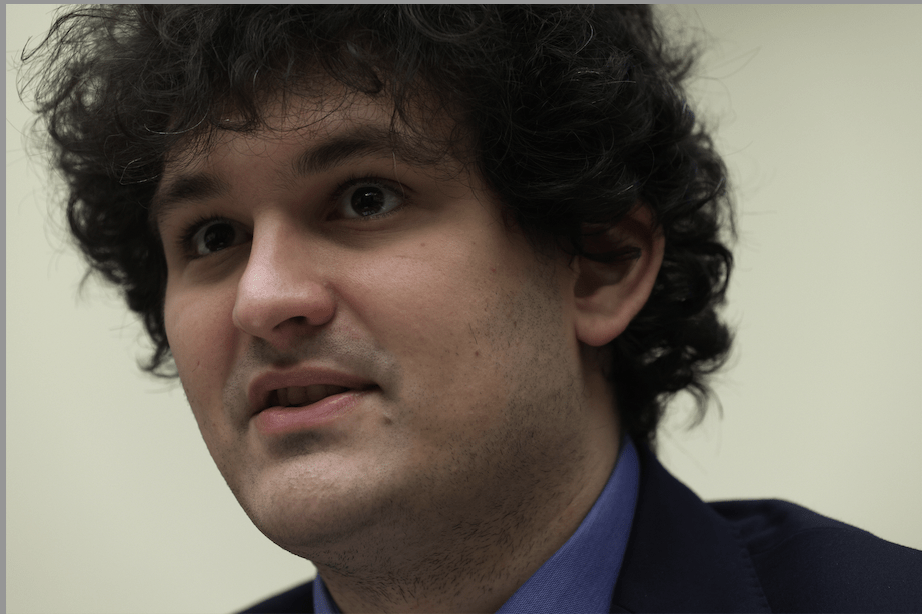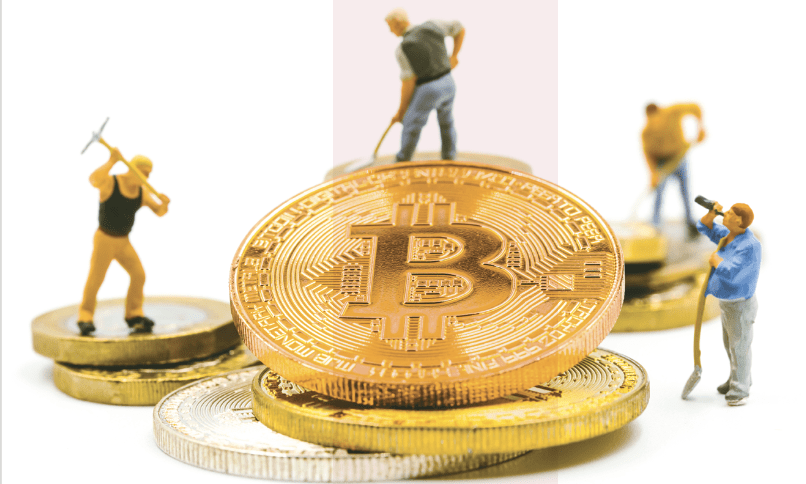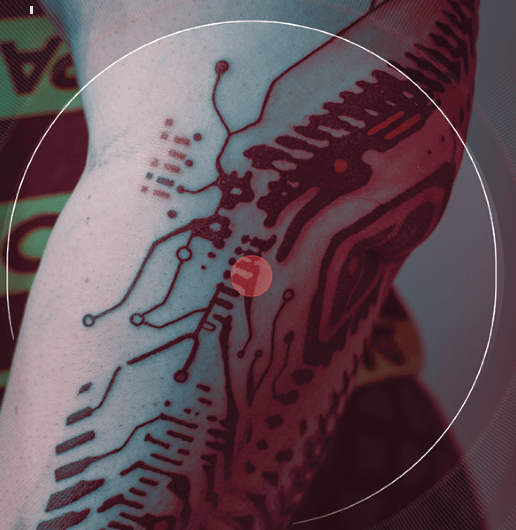Nakamoto’s New Era
Terms like “mining” and “proof of work” are essential for cryptocurrency literacy. In his latest book, Anthony Scaramucci simplifies the complex and explains why his firm now wholly embraces bitcoin
On Oct. 31, 2008, a link to an eight-page white paper written by Satoshi Nakamoto titled “Bitcoin: A Peer-to-Peer Electronic Cash System” was posted to a cryptography mailing list. No one had ever heard the name Satoshi Nakamoto before.
Who is Nakamoto? His paper contained only an email address and a link to a website called bitcoin.org, a domain registered without fanfare in August 2008. The author was a mystery, and no one at bitcoin.org would ever come forward.
“The ramifications of the creation of Bitcoin are so profound for both economics and computer science that Nakamoto should rightly be the first person to qualify for both a Nobel prize in Economics and the Turing award,” wrote respected software engineer and economist Vijay Boyapati.
What Nakamoto proposed in his white paper was as elegant as it was revolutionary: “What is needed is an electronic payment system based on cryptographic proof instead of trust, allowing any two willing parties to transact directly with each other without the need for a trusted third party.”
Let’s take a second to pick this apart. The paper describes a way for two parties to exchange money without a bank, material goods, or a government backing its worth. Replacing the “trust” granted to a currency with “cryptographic proof” means the network is protected by complex computer algorithms that verify the sanctity of the transaction.
The paper gave birth to a new concept—the coin. “We define an electronic coin as a chain of digital signatures,” it stated. “Each owner transfers the coin to the next by digitally signing a hash of the previous transaction and the public key of the next owner and adding these to the end of the coin. A payee can verify the signatures to verify the chain of ownership.”
This record of transactions is what people mean by “blockchain.” We’ll get to the ins and outs of “blocks” and hashes in a minute, but for now what’s important is that bitcoin is built to secure the money’s uniqueness, a system that is maintained not by a mint but across computers that are linked in a peer-to-peer network.
Earlier forms of bitcoin emerged in the ’90s. They were like Myspace to Facebook, or Yahoo or Ask Jeeves to Google. Most were tied to a corporation and therefore doomed to fail. But Nakamoto knew the world needed a standardized currency that policymakers and politicians can’t control. For cryptocurrency to thrive, it has to be decentralized.
What does decentralization mean? Bitcoin operates without a central bank or single administrator. Instead, it relies on a collective; everyone keeps an eye on everyone else. No one needs to “trust” anyone else because crypto-hardened protocols ensure transactions are transparent and secure.
To create an army of independent validators, Nakamoto established another rule: Anyone who can verify one megabyte’s worth of bitcoin transactions—an amount known as a “block”—is rewarded with bitcoins. Those who answer the call are known as bitcoin miners.
What Nakamoto proposed in his white paper was as elegant as it was revolutionary.
Miners are paid for working as auditors verifying the legitimacy of bitcoin transactions. By verifying transactions, miners form the bulwark against the big enemy of any currency: the “double-spending problem.”
If someone can spend the same bitcoin more than once, it would be worthless. Think about two 20-dollar bills with the same serial numbers—obviously one is counterfeit. The miners’ verification process assures transactions are legitimate. They provide a vital service, while trying to “win the block” and thus get closer to receiving a bitcoin reward.
To win the block, a miner must find the correct 64-digit hexadecimal number called a “hash” before any other miner does. (Actually, it doesn’t have to be exact, but close.) This process is also known as “proof of work” (PoW). It’s basically guesswork—something like spinning the dials on lots of locks at the same time to find the right combinations. The number of possible guesses for each hash is in the trillions.
Miners aren’t using supercomputers to solve complex equations, but mining still requires prodigious computing power. This is by design. As Nakamoto puts it: “Once the Central Processing Unit effort has been expended to make it satisfy the proof-of-work, the block cannot be changed without redoing the work. As later blocks are chained after it, the work to change the block would include redoing all the blocks after it.”
That brings the discussion to nodes, the backbone of the bitcoin system. Nodes are geographically distributed computers that host and synchronize a copy of the entire bitcoin blockchain. It’s a group effort—anyone can download and run the software on dedicated bitcoin-mining computers, forming a voluntary network that gets stronger as it grows. Miners have to receive confirmation that they have derived the answer from a minimum of six nodes in order to win their block. Some nodes also prevent attempts to double-spend bitcoins by accepting transactions and blocks from other nodes, authenticating them, and then relaying them to other nodes to scrutinize.
Unlike mining, operating a node doesn’t earn rewards. Individuals and institutions alike volunteer to form this peer-to-peer network. It doesn’t take a lot of computing power to run a node, and about 40,000 computers are now running the required software to validate bitcoin transactions. It’s a digital reflection of the worldwide community of bitcoin believers.
The node system is the very definition of decentralization. With tens of thousands of independent gatekeepers, spread all over the planet, overwhelming or compromising the system is impossible. Blockchain verification means bitcoins can be guaranteed in a transparent way and with mathematical certainty. “Using cryptographic signatures, the owner of a bitcoin can publicly prove she owns the bitcoins she says she does,” Boyapati said.
On Jan. 3, 2009, Nakamoto mined the genesis block of bitcoin, Block No. Zero, which had a reward of 50 bitcoins. A new era had begun, and few noticed.
This excerpt from The Sweet Life with Bitcoin: How I Stopped Worrying about Cryptocurrency and You Should Too! by Anthony Scaramucci was edited for brevity.




















